In the heart of New Zealand, the Maori culture thrives as a testament to the nation's rich heritage. As you explore New Zealand's museums, you'll uncover a myriad of Maori artifacts that not only tell stories of the past but also illuminate paths for the future. These treasures are not merely historical relics; they embody the living culture and traditions of the Maori people. This exploration into the top 10 Maori artifacts offers a unique glimpse into the artistry, spirituality, and history of New Zealand's indigenous people.
1. Te Whakairo – The Art of Carving
Te Whakairo, or Maori carving, is a traditional art form that has been passed down through generations. The carvings often depict ancestors and gods, serving as a connection between the spiritual and physical worlds. Te Papa Tongarewa, New Zealand's national museum, houses some of the most intricate Maori carvings, each telling a unique story. These carvings are not just art; they are a reflection of the Maori worldview and their relationship with nature.
2. Taonga Pūoro – Musical Instruments
The musical instruments of the Maori, known as Taonga Pūoro, are crafted from natural materials such as wood, stone, and shell. They are used in rituals, storytelling, and entertainment, signifying their deep connection to nature and spirituality. The Auckland Museum showcases a diverse collection of these instruments, highlighting their role in Maori culture.
Case Study: Revitalization of Taonga Pūoro
In recent years, there has been a resurgence in the use of Taonga Pūoro, thanks to the efforts of musicians like Richard Nunns and Horomona Horo. Their dedication has not only preserved this musical tradition but also introduced it to new audiences, both in New Zealand and internationally. This revival has sparked interest among younger Maori, ensuring the continuation of this cultural practice.
3. Korowai – Cloaks of Prestige
The Korowai are traditional Maori cloaks that symbolize status and respect. Made from flax and adorned with feathers, these garments are considered taonga (treasures) and are often worn during significant ceremonies. The Waikato Museum features an impressive collection of Korowai, each showcasing the intricate weaving techniques passed down through generations.
4. Hei Tiki – Neck Ornaments
The Hei Tiki, a greenstone pendant carved in the shape of a human figure, is one of the most recognizable Maori symbols. It is believed to be a talisman for fertility and protection. The Rotorua Museum offers a comprehensive display of Hei Tiki, illustrating the variety and craftsmanship involved in their creation.
5. Pounamu – The Greenstone
Pounamu, or New Zealand greenstone, holds great significance in Maori culture. It is used to create tools, weapons, and jewelry, all of which are considered sacred. The Otago Museum's collection of Pounamu showcases the diverse uses and meanings attributed to this precious stone.
Industry Insight: Pounamu and New Zealand's Economy
The demand for Pounamu has contributed significantly to New Zealand's economy, particularly in the tourism sector. According to a report by the Ministry of Business, Innovation, and Employment (MBIE), the cultural tourism industry, including Maori artifacts like Pounamu, generates substantial revenue, attracting tourists eager to experience authentic Maori culture.
6. Whakairo Rakau – Wooden Carvings
Whakairo Rakau refers to the wooden carvings that adorn Maori meeting houses (wharenui) and other structures. These carvings often depict ancestral figures and are integral to Maori storytelling. The Museum of New Zealand Te Papa Tongarewa offers an extensive collection of Whakairo Rakau, each piece rich with cultural significance.
7. Waka – Traditional Canoes
The Waka, a traditional Maori canoe, played a crucial role in the migration and exploration of the Maori people. These vessels are not only a means of transportation but are also revered as sacred objects. The Waitangi Treaty Grounds provides visitors with the opportunity to see these intricately carved canoes, which are still used in ceremonial events today.
8. Tukutuku Panels – Lattice Work
Tukutuku panels are decorative wall panels that adorn the interiors of Maori meeting houses. These panels, made from materials such as flax and wood, feature intricate patterns that convey stories and beliefs. The National Museum of New Zealand showcases a stunning array of Tukutuku panels, each representing a different iwi (tribe) and its unique heritage.
Pros and Cons of Preserving Traditional Artifacts
- Pros: Preserving traditional artifacts fosters cultural identity, promotes tourism, and provides educational opportunities.
- Cons: Challenges include the risk of cultural commodification and the need for ongoing funding and expertise to maintain these collections.
9. Whakairo Whenua – Land Carvings
Whakairo Whenua refers to the land carvings that are often found in sacred sites and are used to mark boundaries or signify important locations. These carvings are a testament to the Maori's deep connection to the land. The New Zealand Archaeological Association highlights the significance of these carvings in understanding Maori land use and history.
10. Kōauau – Traditional Flutes
The Kōauau is a traditional Maori flute made from wood, bone, or stone. It is an essential part of Maori music, used in both ritual and entertainment contexts. The Canterbury Museum features a collection of Kōauau, each with unique designs and sounds that reflect the regional diversity of the Maori people.
Common Myths and Mistakes
Myth: "All Maori artifacts are ancient relics." Reality: Many Maori artifacts are still actively created and used today, highlighting the living nature of Maori culture.
Myth: "Maori artifacts are solely decorative." Reality: These artifacts often have significant spiritual and functional roles, serving as tools, clothing, and ceremonial objects.
Mistake: Neglecting the cultural context of Maori artifacts. Solution: Engage with Maori communities and experts to ensure a respectful and accurate representation of their cultural heritage.
Future Trends and Predictions
As interest in Maori culture continues to grow, the integration of Maori artifacts into contemporary art and design is expected to increase. This trend not only preserves traditional practices but also fosters innovation and cultural exchange. According to a report by the Reserve Bank of New Zealand, the cultural sector, including Maori arts, is projected to see substantial growth, contributing to the country's economic diversification.
Conclusion
The exploration of Maori artifacts in New Zealand's museums offers a profound understanding of the Maori culture, past and present. These treasures are not just historical objects but are integral to the identity and continuity of the Maori people. As we continue to appreciate and preserve these artifacts, we ensure that the rich tapestry of Maori culture remains vibrant for future generations.
People Also Ask
- How do Maori artifacts impact New Zealand's economy? Maori artifacts play a vital role in cultural tourism, attracting visitors and generating significant revenue for New Zealand's economy.
- What is the significance of Pounamu in Maori culture? Pounamu is considered sacred and is used to create tools, weapons, and jewelry, symbolizing strength and authority.
- How are Maori artifacts preserved in museums? Museums work closely with Maori communities to ensure artifacts are preserved with respect and cultural understanding.
Related Search Queries
- Maori culture in New Zealand museums
- Significance of Pounamu in Maori tradition
- Traditional Maori music instruments
- Maori carving techniques and history
- Impact of cultural tourism in New Zealand


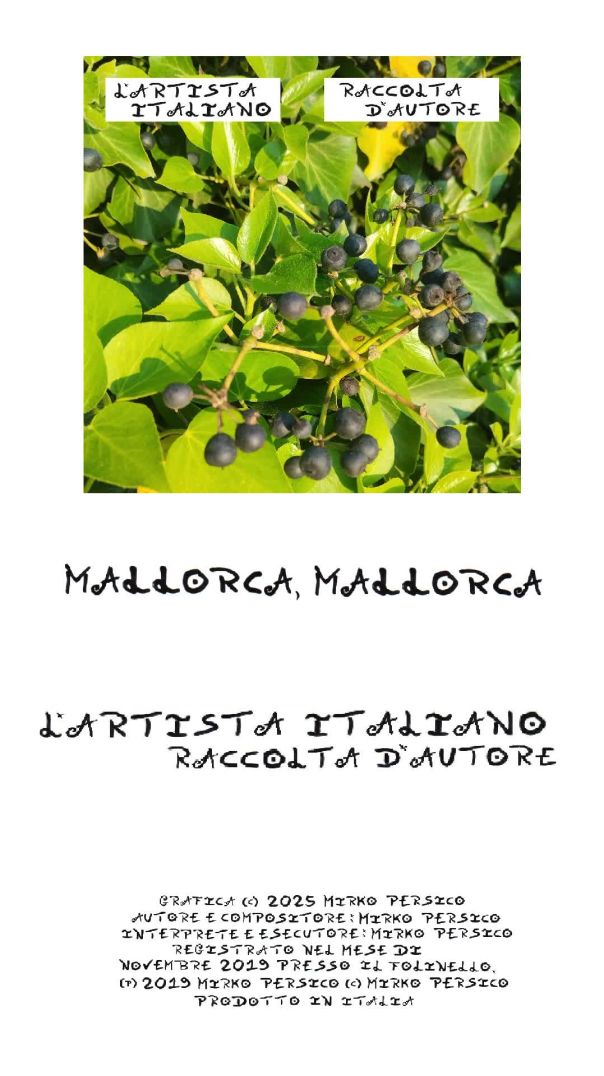

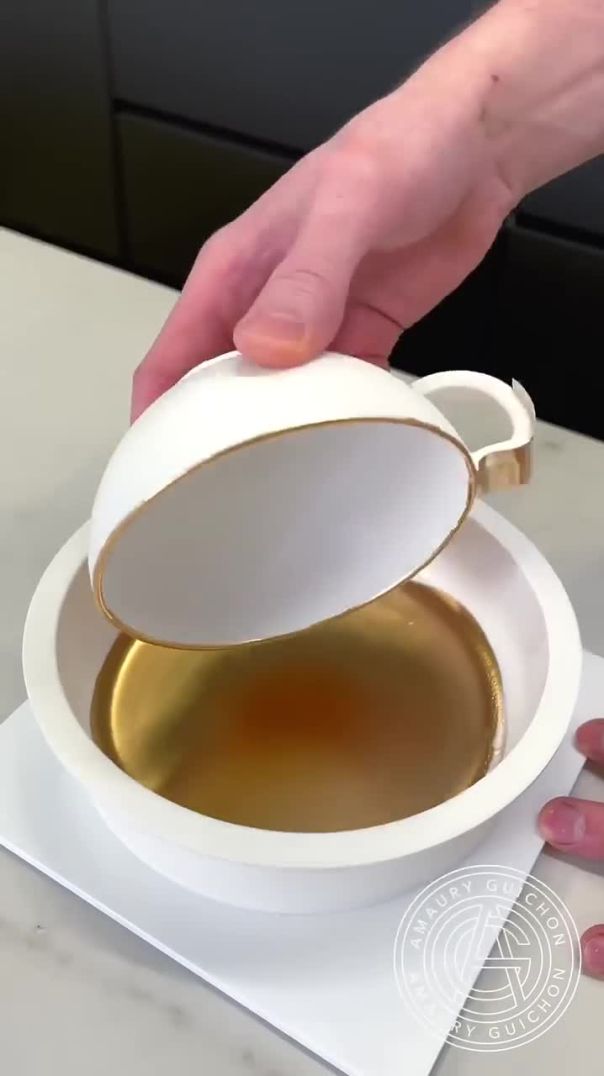

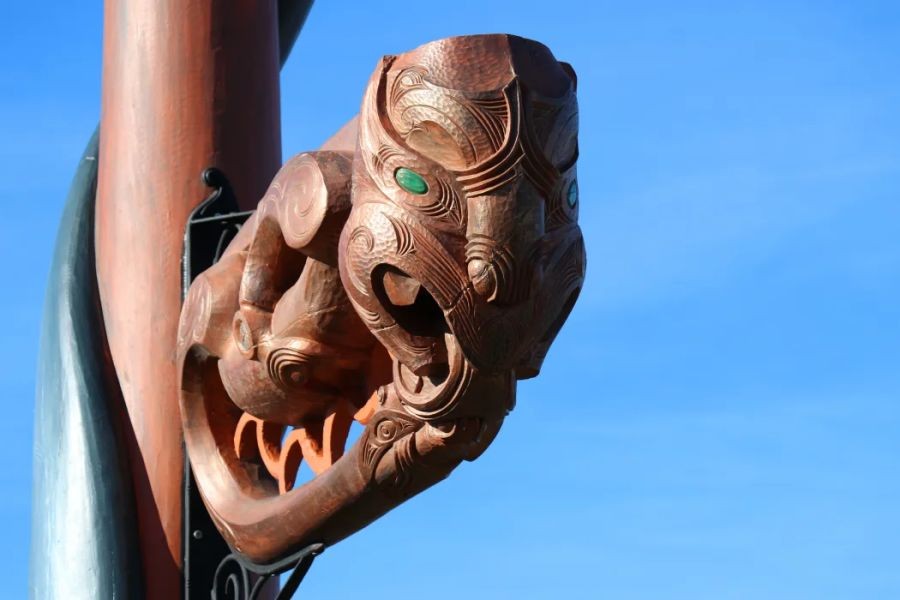
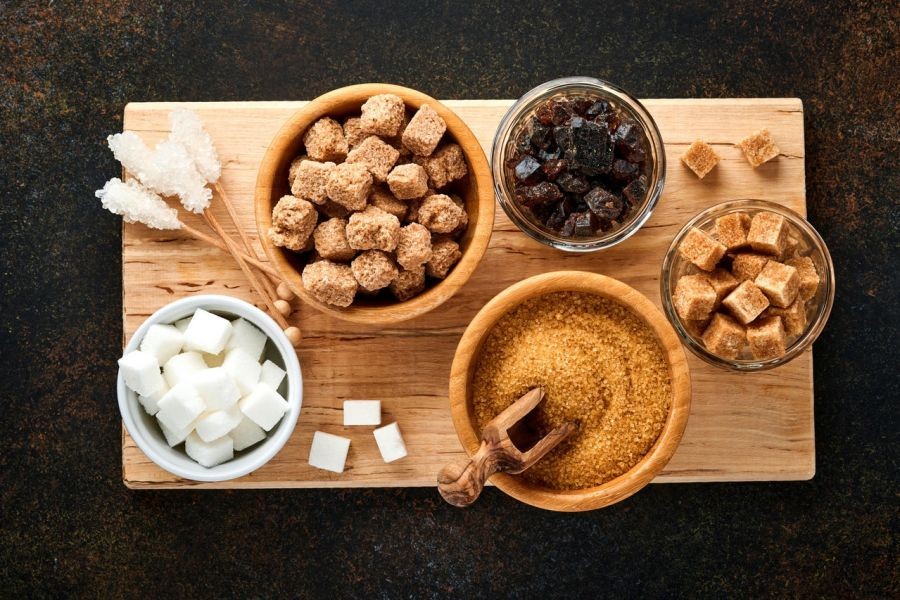



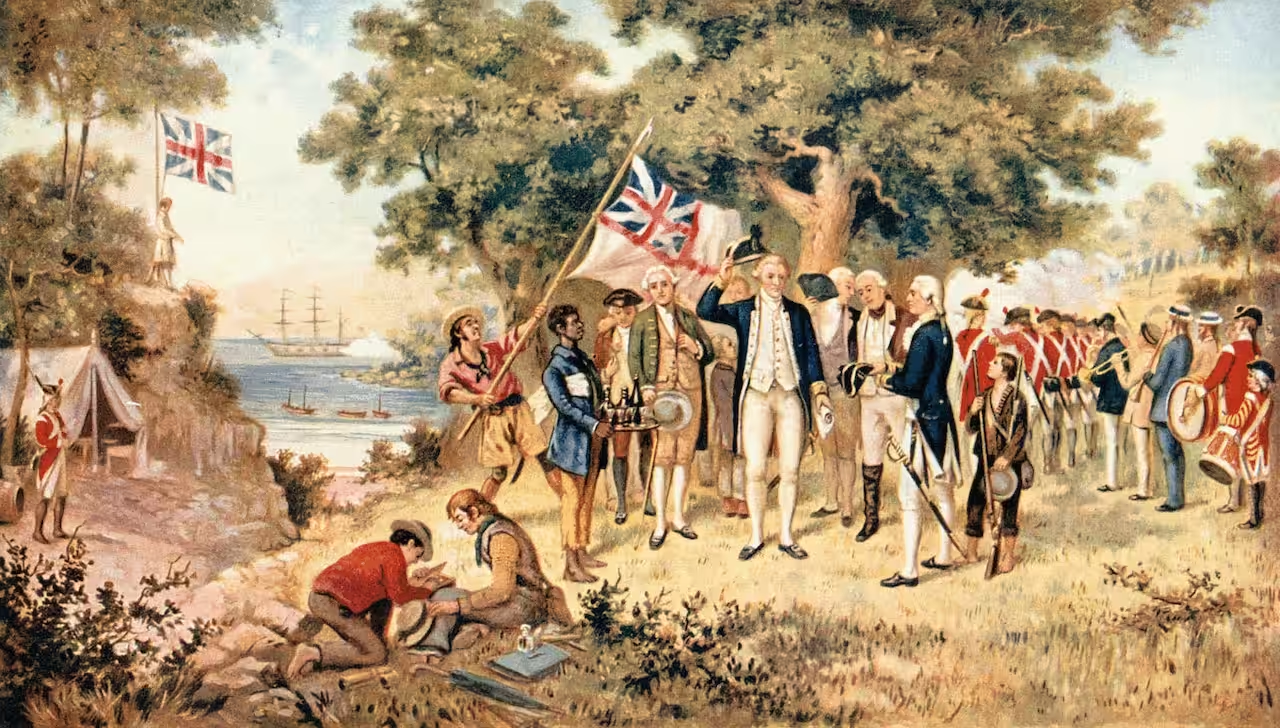






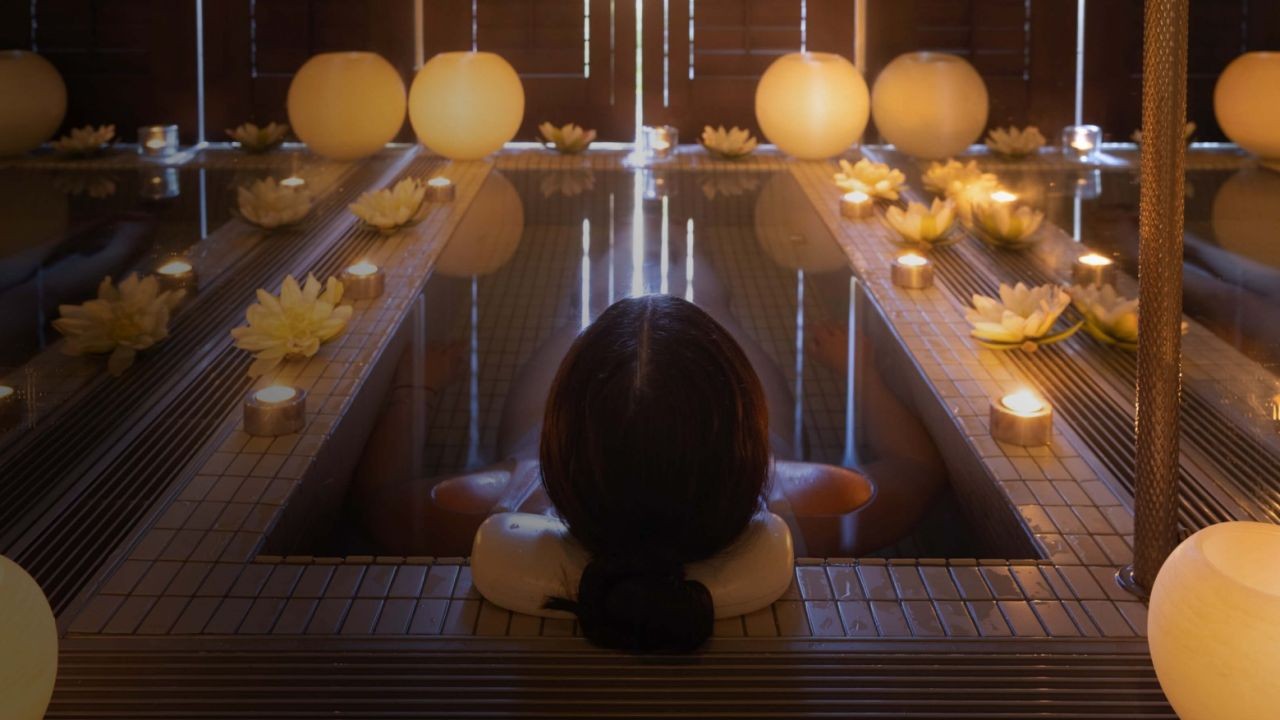




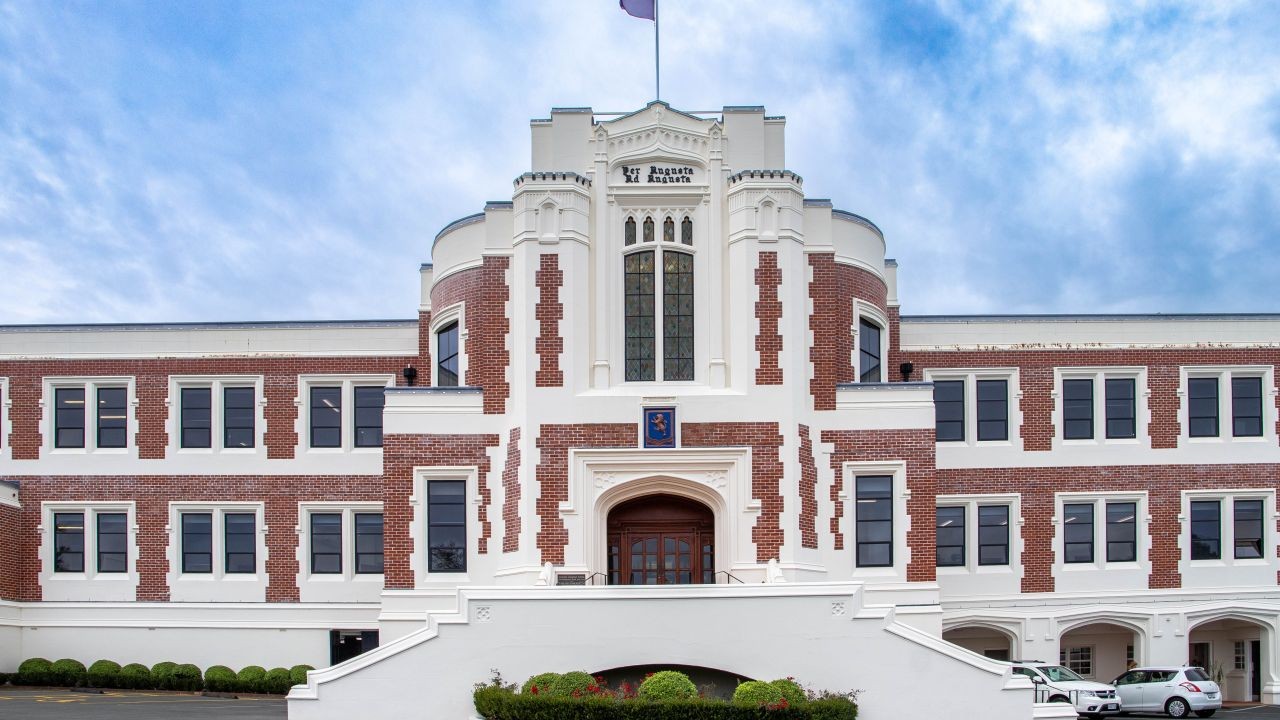







dominic91x398
7 months ago